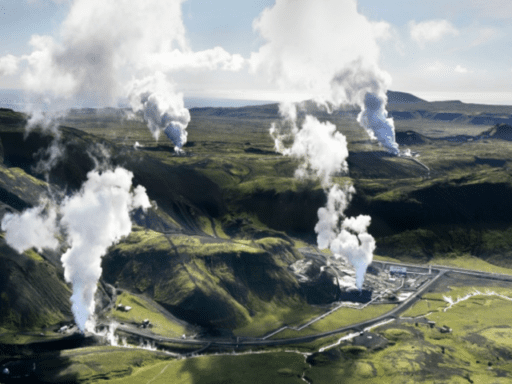
The report, The Future of Geothermal Energy, finds that geothermal energy could meet 15% of global electricity demand growth between now and 2050 if project costs continue to decline.
Today, geothermal meets about 1% of global electricity demand. However, the IEA analysis, conducted in collaboration with Project InnerSpace, shows that next-generation geothermal technologies have the technical potential to meet global electricity and heat demand many times over.
Importantly, geothermal energy can draw upon the expertise of today’s oil and gas industries by using existing drilling techniques and equipment to go deeper under the earth’s surface to tap into vast low-emissions energy resources.
“New technologies are opening new horizons for geothermal energy across the globe, offering the possibility of meeting a significant portion of the world’s rapidly growing demand for electricity securely and cleanly,” said IEA executive director Fatih Birol. “What’s more, geothermal is a major opportunity to draw on the technology and expertise of the oil and gas industry. Our analysis shows that the growth of geothermal could generate investment worth $1 trillion by 2035.”
Conventional geothermal remains a location-specific, niche technology today with most of the installed capacity in countries that have either have volcanic activity or straddle tectonic fault lines, which make resources easier to access.
Current leaders in the space include the United States, Iceland, Indonesia, Türkiye, Kenya and Italy.
But new technologies are making the outlook for geothermal truly global, opening up the potential to benefit from it in nearly all countries.
The report highlights that more than 100 countries have policies in place for solar PV and onshore wind, but only 30 have such policies for geothermal.
Moving geothermal up national energy agendas with specific goals and backed support for innovation and technology developmentccan go a long way to reducing project risk perception and unlocking new investment.
Clear, long-term regulatory visibility for investors will help mitigate risks in early-stage development and provide visibility on investment returns, which in turn will improve the cost competitiveness of geothermal projects.
By doing so, the report finds that costs could fall by 80% by 2035 to around $50 per megawatt hour (MWh). This would make geothermal the cheapest source of dispatchable low-emissions electricity on a par with existing hydropower and nuclear installations.
However, permitting and administrative red-tape are proving a major barrier to geothermal projects, which can take up to a decade to fully commission. The report suggests governments could simplify permitting processes by consolidating and accelerating the administrative steps involved.
They could also consider dedicated geothermal permitting regimes separate from minerals mining. Policies and regulations enforcing robust environmental standards are critical for the sustainable development of geothermal projects.